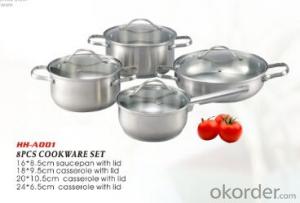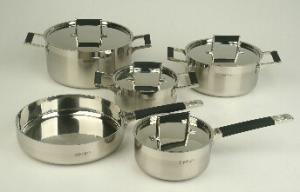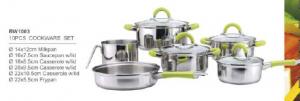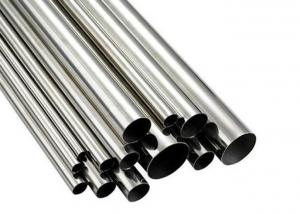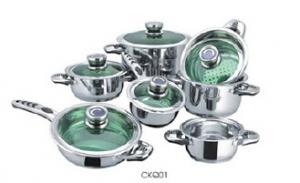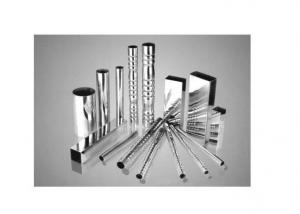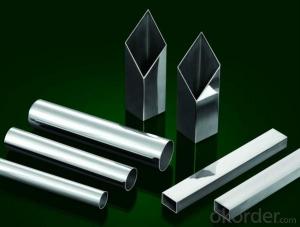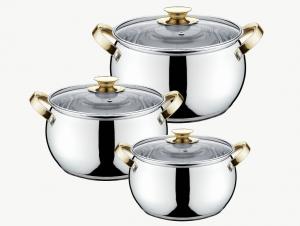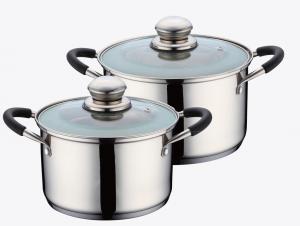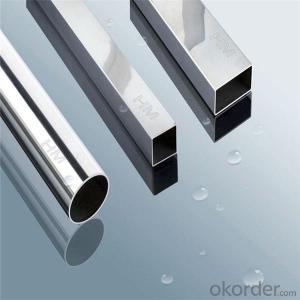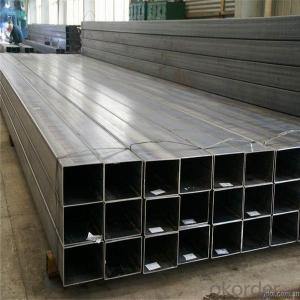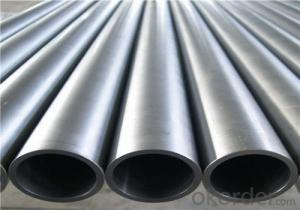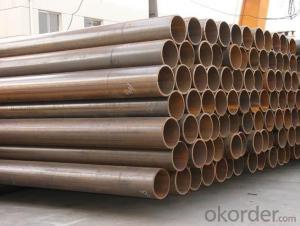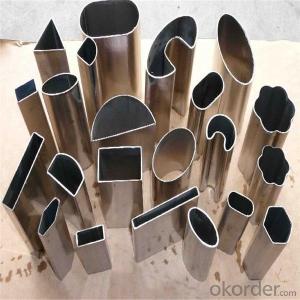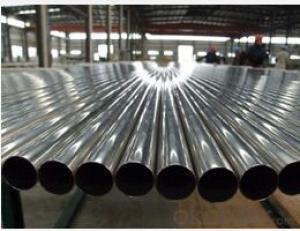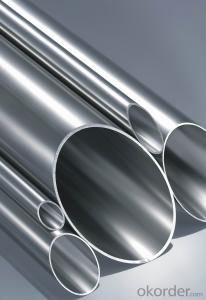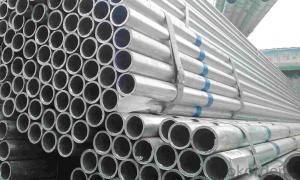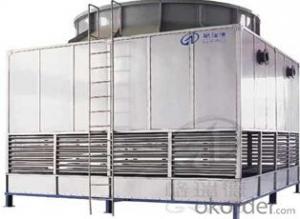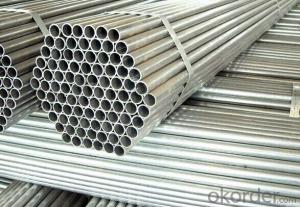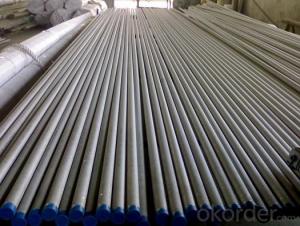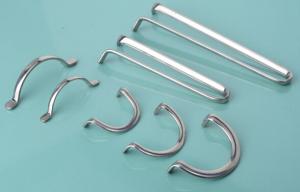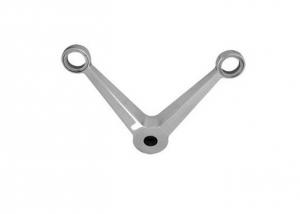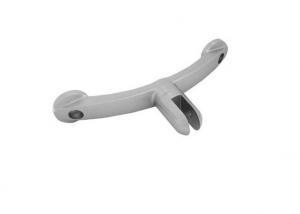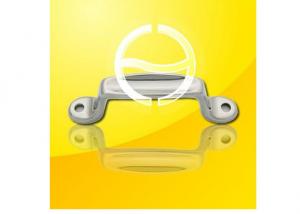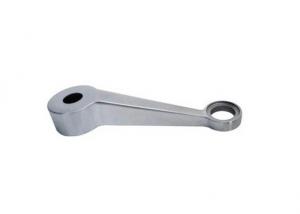1 Stainless Steel Tubing
1 Stainless Steel Tubing Related Searches
1 Inch Stainless Steel Tubing 1in Stainless Steel Tubing 1 Stainless Steel Pipe 1 2 Stainless Steel Tubing 1 4 Stainless Steel Tubing 1 2 Inch Stainless Steel Tubing 1 Inch Stainless Steel Pipe 1 1 2 Stainless Steel Pipe 2 Stainless Steel Tubing 1 2 Stainless Steel Pipe Stainless Steel 1/2 Tubing 1/2 Stainless Steel Tubing Seamless Stainless Steel Tubing Stainless Steel Tubeing 1/4 Stainless Steel Tubing Stainless Steel Tub 3 4 Stainless Steel Tubing Stainless Steel Tubs Stainless Steel Tubing Near Me Stainless Steel Coil Tubing Stainless Steel Tubes Bending Stainless Steel Tubing Stainless Steel Piping 2 Stainless Steel Pipe 3/4 Stainless Steel Tubing 304 Stainless Steel Tubing Stainless Steel Beverage Tub 1 2 Stainless Steel Rod Square Stainless Steel Tubing 3 Stainless Steel Pipe1 Stainless Steel Tubing Supplier & Manufacturer from China
Stainless steel tubing is a versatile and durable product made from an alloy of iron, chromium, and other elements, known for its resistance to corrosion and staining. It is widely used in various industries due to its strength, low maintenance, and aesthetic appeal. This type of tubing is suitable for applications such as fluid transport, structural support, and mechanical components, making it a popular choice for both commercial and industrial purposes.The usage scenarios for 1 Stainless Steel Tubing are vast, encompassing fields like construction, automotive, aerospace, and food processing. Its ability to withstand extreme temperatures and harsh environments makes it an ideal material for a multitude of applications. Whether it's used for plumbing systems, exhaust pipes, or as a component in complex machinery, stainless steel tubing's reliability and longevity are highly valued by professionals in these industries.
Okorder.com is a reputable wholesale supplier of 1 Stainless Steel Tubing, boasting a large inventory that caters to the diverse needs of customers across different sectors. With a commitment to quality and customer satisfaction, Okorder.com ensures that the stainless steel tubing they provide meets the highest industry standards. Their extensive range of products allows customers to find the perfect fit for their specific requirements, making them a go-to source for those in search of reliable and high-quality stainless steel tubing.
Hot Products
